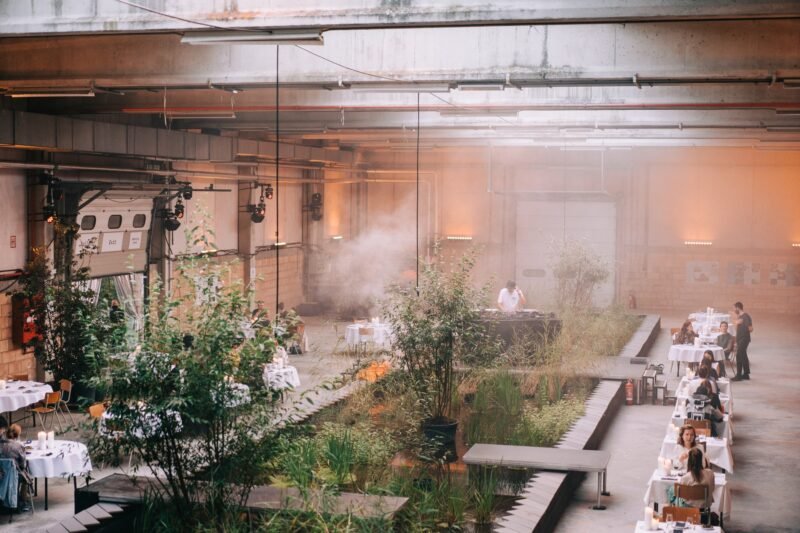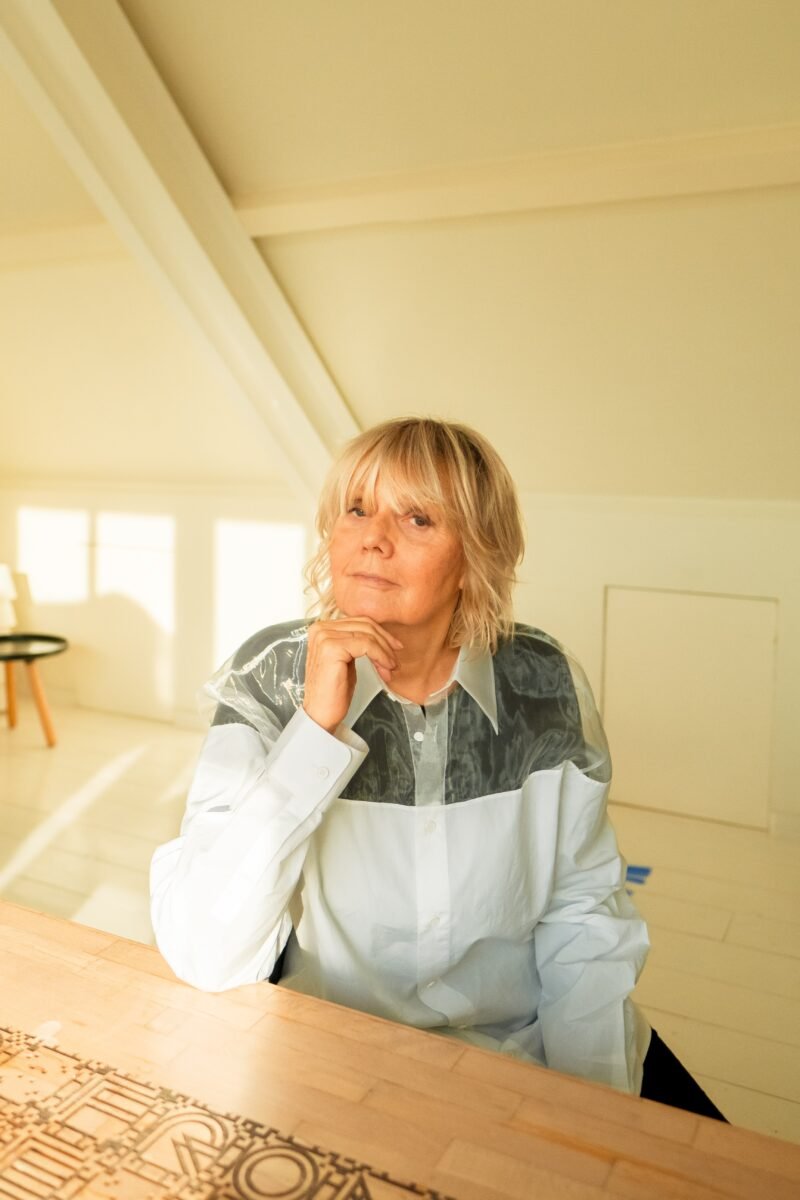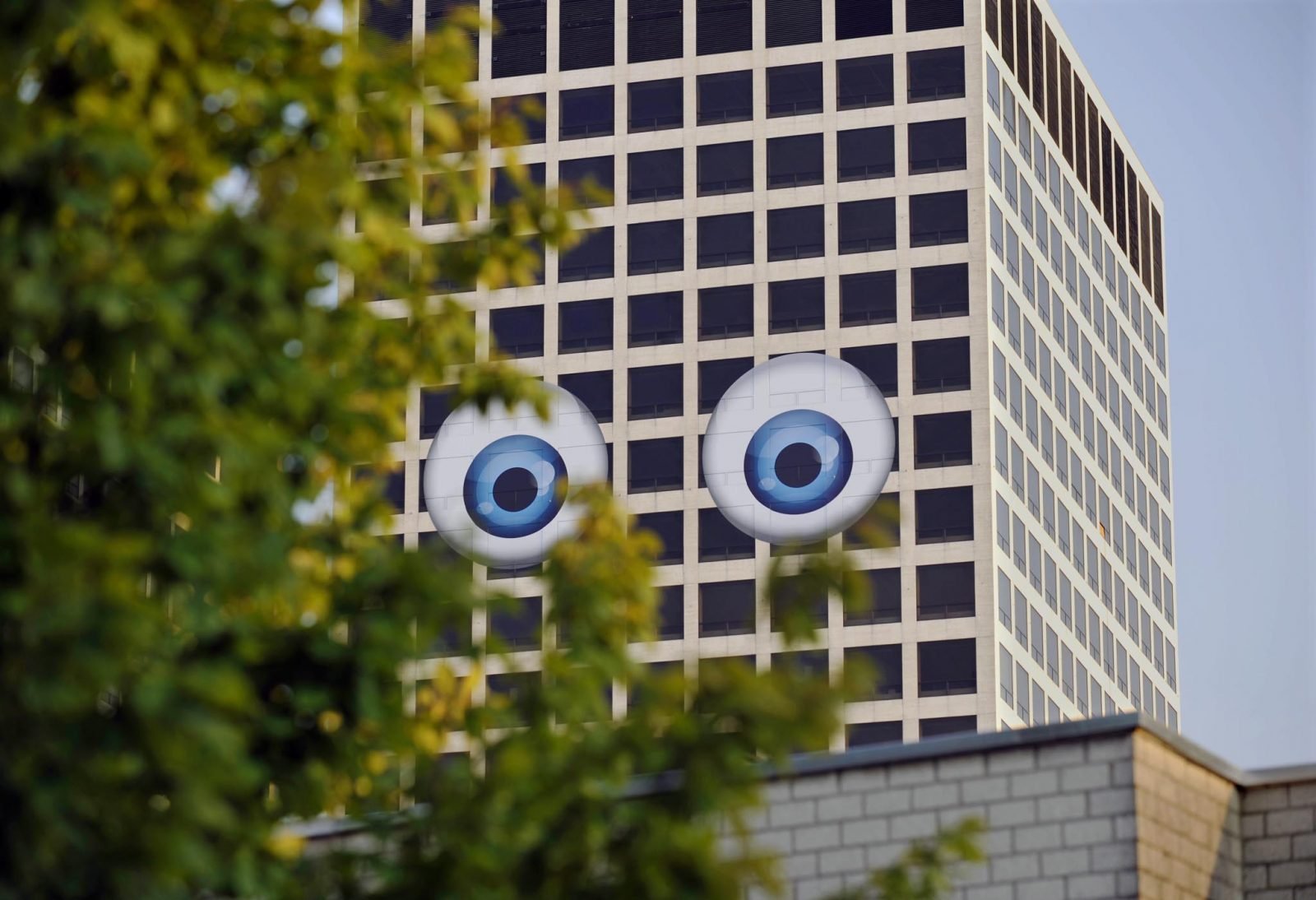A City On A City: The Rooftop Movement
Cities are making use of their rooftops more than ever before as pressures of densification and the cost of real estate increase. People are now looking at vacant and underutilizes spaces around them with a new eye- seeing potential uses not previously considered. Bars, restaurants, clubs, pools, and hotels are now a popular means to activate rooftops in order to draw the public up, and allow them to experience the city from this unique perspective. ROEF Amsterdam is a festival that celebrates this phenomenon across 8 rooftops of Amsterdam, with a view that this is only the beginning.
“We see this project as a catalyst for a much larger movement of using disused rooftops”, says Jesse Jorg from We The City. He, together with Heeey, Didly and Springtide Studios are the creators of the project. The festival marks stage one of a three stage process identified as ‘show, grow, connect’. What better way to show off the potential rooftop spaces around us then drawing people up with the promise of a good party.


From each of the eight key venues, the festival makes a point to embrace the rooftops in-between. Guides inform attendees of what can been seen from that height, making the most of the different perspective. “We really want to play on all these different viewing angles so you can watch music performances via binoculars from one roof to the next”, Jesse explains. There is a real theatre of events with circus acts, poetry readings and live streaming between the rooftops.


By showing off the potential of rooftop spaces around the city, there is hope that the festival will grow to 20 rooftop venues next year, and more again as the years go by. Inviting companies that have buildings with empty rooftops introduces them to the opportunity to utilize what’s over their heads. In raising awareness of the potential useful spaces throughout this ‘city on a city’, the rooftop venues offered will increase. The addition of greenery is used as a key element in transforming these roofscapes into inviting public gathering places. Jesse has also thought of ways to grow the involvement from the public. A ticket to next year’s event includes invites to the openings of new rooftops throughout the year, allowing participants to witness the expanding network of rooftops and feel they part of the crusade.


Here at Pop-Up city we have seen more and more rooftop activations all over the world- it seems citizens are recognising the huge potential that rooftops provide in a ever-densifying city. Just in the Netherlands, ROEF Amsterdam adds to growing movement of rooftop activation projects including Rotterdamse Dakendagen (Rotterdam Roof Days) held earlier this year. Together, these actions work to change the perception of the city to include this layer of previously forgotten space.


The potential for greening and using our rooftops is there for the taking. With this project, Jesse has taken a stand: “Why not make it more accessible? Why not create a city on a city? There is an entire landscape above us that has yet to be revealed.”



